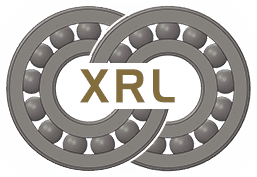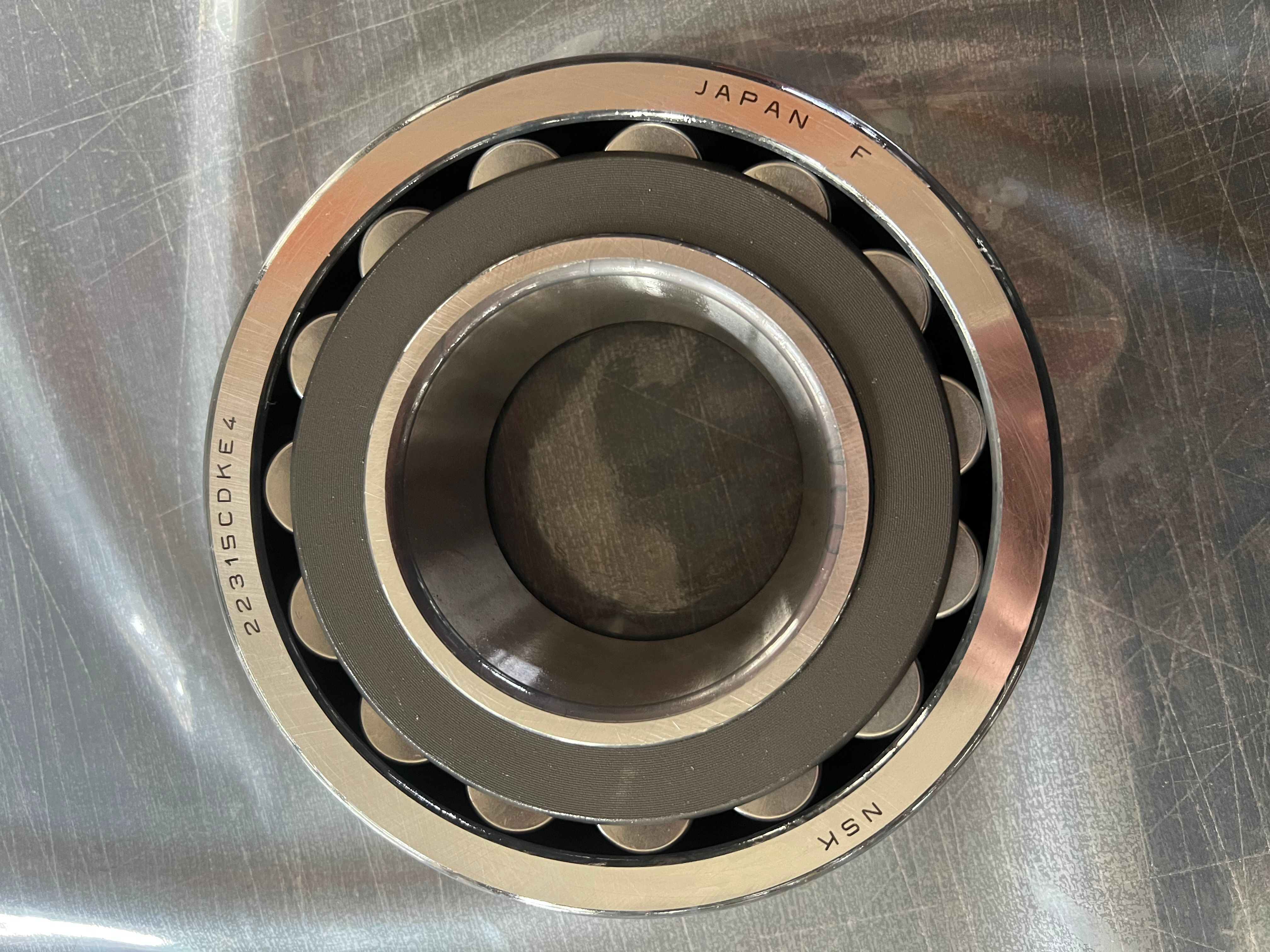Motor classification 1.1 Classified by working power source: DC motor and AC motor DC motor Classified by structure and working principle: brushless DC motor and brushless DC motor. Brushed DC motors can be divided into permanent magnet DC motors and electromagnetic DC motors. Permanent magnet DC motors are divided into rare earth permanent magnet DC motors, ferrite permanent magnet DC motors, and aluminum nickel cobalt permanent magnet DC motors. Electromagnetic DC motors can be divided into series excited DC motors, parallel excited DC motors, separately excited DC motors, and compound excited DC motors. AC motors can also be divided into single-phase motors and three-phase motors. 1.2 According to structure and working principle, it can be divided into DC motors, asynchronous motors, and synchronous motors. Synchronous motors can be divided into permanent magnet synchronous motors, reluctance synchronous motors, and hysteresis synchronous motors. Asynchronous motors can be divided into induction motors and AC commutator motors. Induction motors can be divided into three-phase asynchronous motors, single-phase asynchronous motors, and shield pole asynchronous motors. AC commutator motors can be divided into single-phase series excited motors, AC DC dual purpose motors, and repulsive motors. 1.3 Classified by starting and operating methods: capacitor starting single-phase asynchronous motor, capacitor running single-phase asynchronous motor, capacitor starting single-phase asynchronous motor, and split phase single-phase asynchronous motor.
Classified by purpose: driving motor and control motor. Motor classification for driving: Electric tools (including drilling, polishing, polishing, slotting, cutting, expanding, etc.) Electric motors for household appliances (including washing machines, electric fans, refrigerators, air conditioners, tape recorders, video recorders, DVD players, vacuum cleaners, cameras, hair dryers, electric shavers, etc.) and other general small mechanical equipment (including various small machine tools, small machinery, medical equipment, electronic instruments, etc.). Control motors are further divided into stepper motors and servo motors.
According to the structure of the rotor, it is divided into cage induction motors (formerly known as squirrel cage induction motors) and wound rotor induction motors (formerly known as wound induction motors). Classified by operating speed: high-speed motor, low-speed motor, constant speed motor, and variable speed motor. Low speed motors are further divided into gear reduction motors, electromagnetic reduction motors, torque motors, and claw pole synchronous motors. In addition to being divided into stepless constant speed motors, stepless constant speed motors, stepless variable speed motors, and stepless variable speed motors, variable speed motors can also be divided into electromagnetic variable speed motors, DC variable speed motors, PWM variable frequency variable speed motors, and switched reluctance variable speed motors. The rotor speed of an asynchronous motor is always slightly lower than the synchronous speed of the rotating magnetic field. The rotor speed of a synchronous motor is independent of the size of the load and always remains at synchronous speed. Note: The 2-pole motor has a speed of 3000 rpm, the 4-pole motor has a speed of 1500 rpm, the 6-pole motor has a speed of 1000 rpm, the 8-pole motor has a speed of 750 rpm, and the motor bearing classification generally uses rolling bearings, sliding bearings, joint bearings, and oil bearings. Most small and medium-sized motors use rolling bearings. At present, large and medium-sized motors also use rolling bearings.
Rolling bearings are divided into deep groove ball bearings, self-aligning ball bearings, cylindrical roller bearings, self-aligning roller bearings, spiral roller bearings, angular contact ball bearings, tapered roller bearings, thrust ball bearings, and thrust self-aligning roller shafts
Post time: Sep-25-2023

